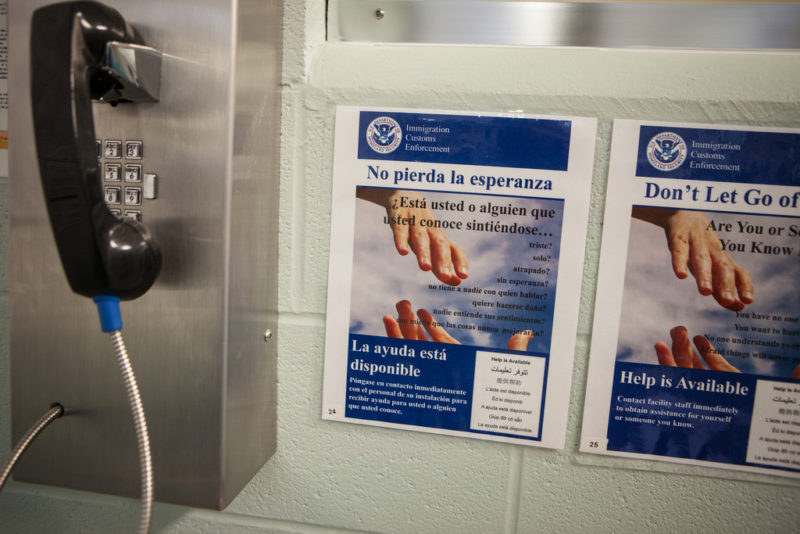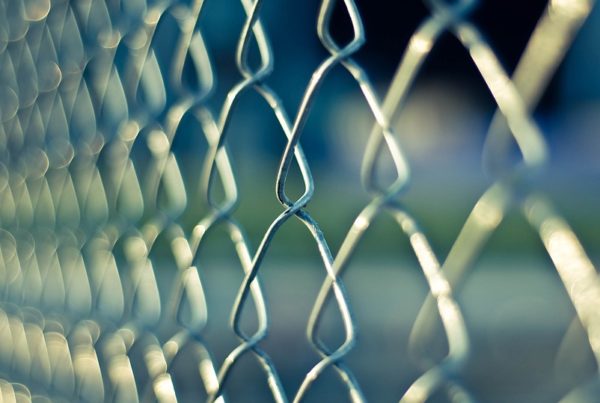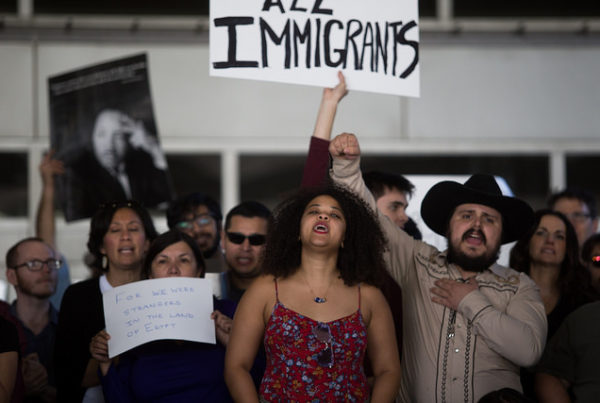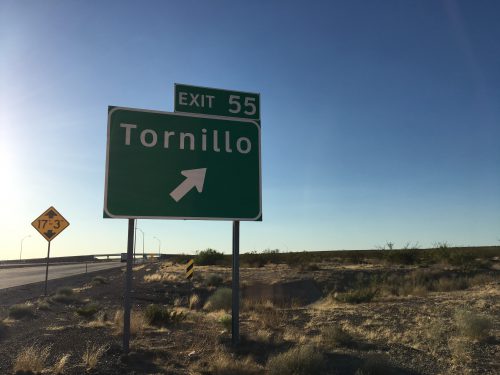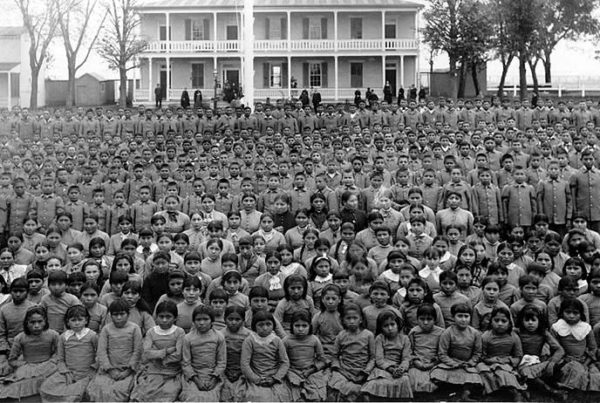In recent days we’ve been seeing a wave of protests at detention centers in South Texas over the Trump administration’s zero tolerance policy at the border, which has led to the separation of families. There are now signs that something’s changing. Case in point: the detention camp in Tornillo, outside El Paso.
Angela Kocherga covers the border and parts of West Texas for the Albuquerque Journal. Kocherga visited the Tornillo facility, which she says is housing mostly boys ages 13 and up.
“These teens are for the most part what they call the unaccompanied minors,” she says. “These are young people who arrived at the border alone, presumably to reunite with family members, parents in the U.S. But there is a substantial number, and possibly growing, of teens who were separated from their parents. And there is now an effort underway to try and get them reunited and that will be a challenge.”
She says reporters weren’t allowed to record video, take photos or do interviews. They saw a range of emotions.
“Some were smiling and joking around,” she says. “Others were very quiet. One boy had his face covered with a scarf he had. A variety of moods. But for the most part, seemed very jovial and interacting with each other. Obviously been through a lot and they are in a group setting. They do have mental health facilities but so far they said no serious concerns about the teens staying there right now.”
The company that runs the facility, BCFS, says their contract is for 30 days.
“They’re about to reach that point in mid-July. And that there was no plan on their part to extend that contract. Now, the Health and Human Services spokesman who was there, Mark Weber, said if there was a need to, they would certainly look at that and or other facilities, but they seem to think that as the zero tolerance policy winds down and fewer children are separated from their parents, there will be less and less of a need. Because these teens were moved there very clearly because the overcrowded shelters that serve children that go into the system, migrant children, were at capacity, and they really needed to make room for these younger children who we’ve all seen the images of. They will not put the young kids in the tents, but they needed to make room so they moved the teens there. It’s unclear when that will change. But right now they still need these facilities.”
Kocherga says that the HHS spokesman confirmed that they’re looking at using military bases in Texas as a possible location to house children.
Written by Jen Rice.


